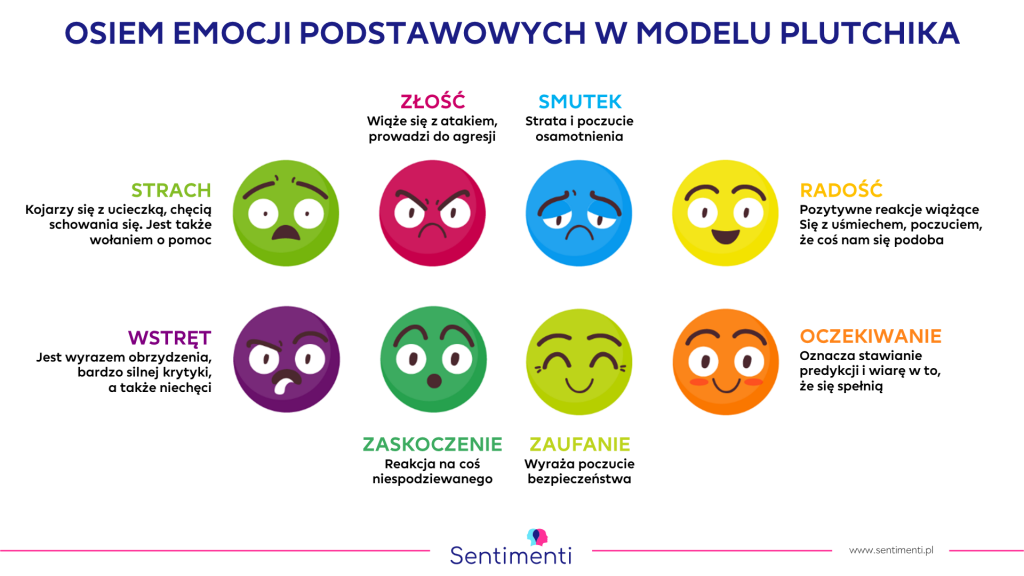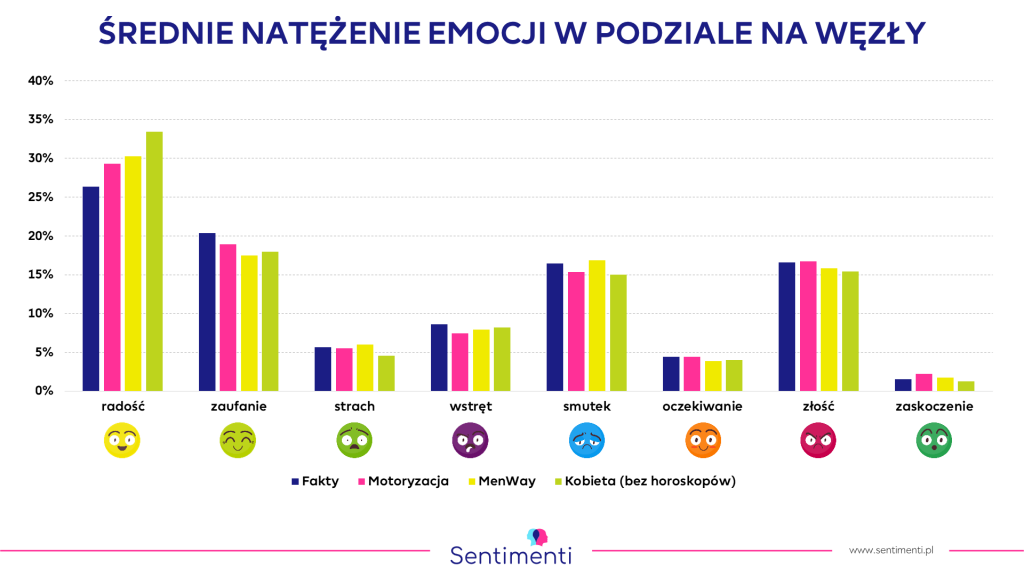Emotywne pozycjonowanie reklam, czyli targetowanie reklam wg emocji od niedawna nabrało nowego wymiaru. Okazało się, że komunikat można oprzeć nie tylko o kontekst, analizę ruchu na stronie, badania demograficzne, płeć i wiek ankietowanych, ale po dane sięgnąć też niemal w głąb ich serc. Jak to możliwe? Wystarczy rozpoznać ich emocje.
Emotional ad positioning and example: New York Times
In 2018, the New York Times conducted a study on the emotions of its readers. This was based on self-learning algorithms and combined with an analysis of feedback collected from readers about how they felt after reading the content of specific articles. The result of this research was an emotion prediction tool that indicates joy, sadness, hope, and 15 other emotions in readers, among others.
Not content to let this tool predict the emotions that NYT readers might potentially experience while reading future articles, the company went straight to selling advertising space. It was offered to owners of products with emotional character close to the emotions contained in the given articles. The possibilities turned out to be impressive: the tool made it possible to examine and create the emotional content of a given article and to better match the marketing message to it.
Marketing content so emotionally targeted and appropriately placed among other content achieved up to 80% better results than classic behavioural targeting (on average by 40%). The tool even made it possible to separate content with negative or disturbing undertones, so as not to add advertising messages that might fit the content or the reader’s profile, but are completely inconsistent with the tone of the text: New York Times.
Emotion targeting – emotional ads: perspectives
The agorithm can be applied not only to the articles contained on this site, but also to news and publications of other types. Therefore, it opened a whole new field for campaign creators. This resulted in 50 campaigns and over 30 million collected feelings, sentiments and emotions. Advertising messages were usually placed next to entertainment or corporate social responsibility content.
Interestingly, similar research was conducted in other editorial offices, including USA Today and The Daily Beast. The analysis was based on phrases (keywords) and emotions related to their meanings, and an attempt to answer the question of what mood current readers of a given text are in based on behavioral analysis of their actions on the website and frequency of returning to specific, emotionally charged content.
USA Today’s research has shown that readers don’t limit themselves to positive news, but read everything. This means you can target your message to them not only when the context is similar to the rest of the content, but also when readers are in a similar mood to the context of the content. Therefore, such a method allows you to more effectively create content for better communication of brands.
The Daily Beast, on the other hand, instead of trying to guess moods, indicates where on the site readers will spend the most time; in these popular places it tries to contextually place the marketing message. All based on positive emotions and negative emotions in advertising.
The future of the advertising market?
The described activities based on data analysis, algorithms and artificial intelligence are beginning to be the future of the advertising and public relations market. How do the market of ordering parties perceive these new solutions? It would seem that with such precise tools for targeting recipients, there is no need to worry about anything else. And yet opinions are divided.
According to some experts, basing a campaign solely on such “bought emotionality” is one-dimensional, restricts and narrows the field of activity and should therefore be associated with other methods of communication. On the other hand, it is an excellent solution for companies looking for safe solutions, making their marketing message more precise and targeting the most determined customers.
Sentimenti and emotional advertising. Identifying emotions in online advertising
Since the New York Times includes emotion ad positioning on its pages, the solution must work and be effective. Positive and negative emotions are taken into account. Is it possible to apply similar mechanisms in Polish?

Until now, this was not at all obvious. Algorithms for automatic processing of our language have been improved to such an extent that they are great for text analysis. But what about the emotions expressed in them? Until now there was no database of words, phrases or even whole texts written in Polish.
That is why the Sentimenti team created it. The database was created in the course of research we talk about on the blog and at academic conferences. It turned out that with good data it is possible to create an effective system of sentiment and emotion analysis and with it – ad positioning.
Interia Emotions – different emotions, one goal
We are now at a similar stage to where the New York Times was about a year ago. We have an application that efficiently analyzes text and the emotions it contains. We have started cooperation with Interia portal – we are creating an emotional map of its thematic services. From here it is only one step closer to taking the overtones of an article into account in ad positioning.
What is very important, emotive ad positioning does not mean additional duties for journalists. We will not tell anyone what emotions to express, because in practice each emotion creates an appropriate environment for ads. Text has a sad meaning? It is best to place an ad with ecological overtones. It expresses fear? This is a good context for pairing the article with an ad for insurance or dietary supplements.

The next step of the Interia Emotions project will be to investigate how exactly emotions in text react with ads. Therefore, when we check this, emotive and effective ad positioning will become a fact. Such a tool will certainly prove useful. Ads positioned based on the content of articles (rather than tracking the activity of Internet users) are less irritating for them.
